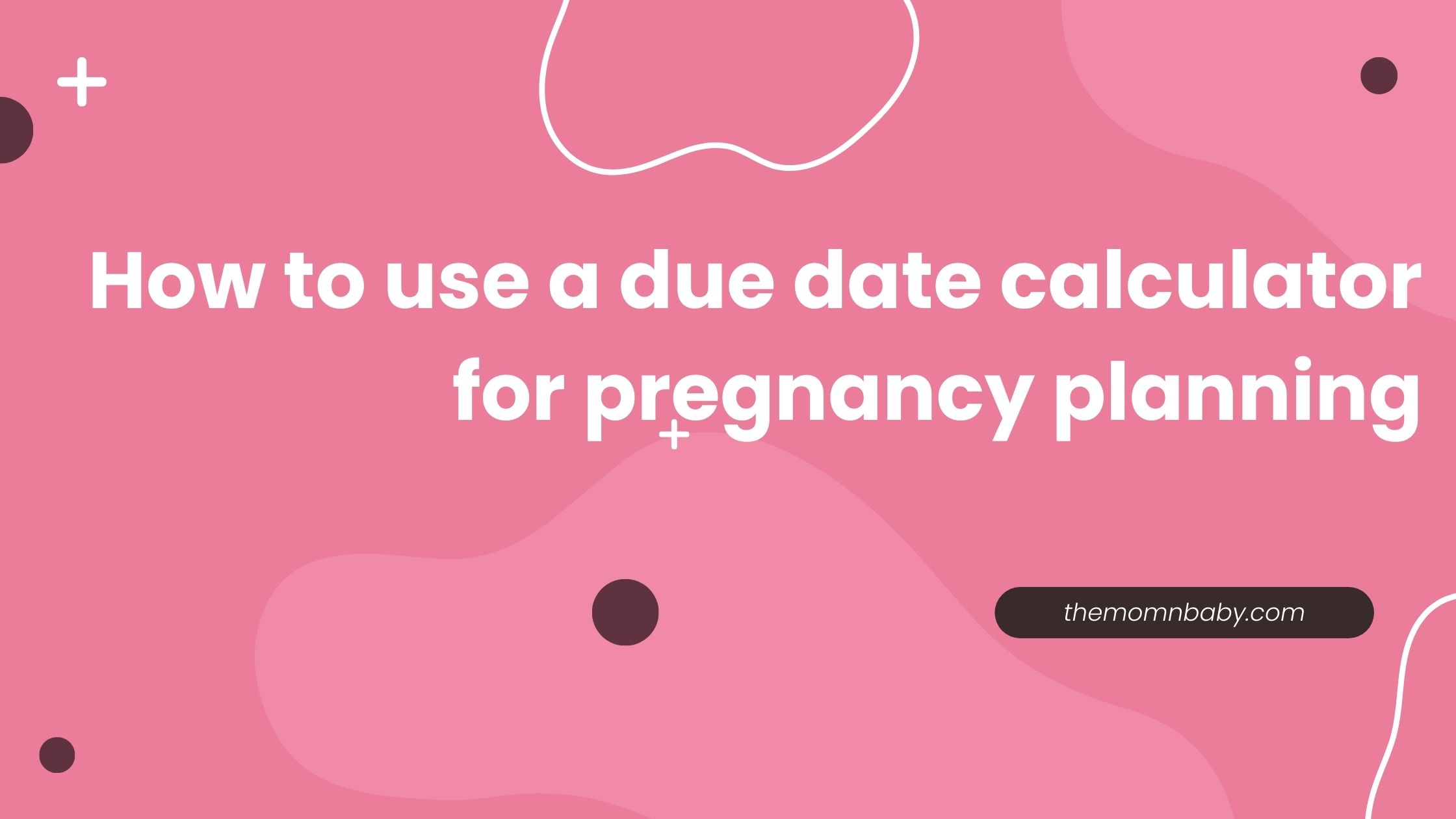Ovulation test strips are helpful for women who want to get pregnant or keep track of their menstrual cycles. These strips show when a woman is most likely to get pregnant. But what’s the magic behind these little strips? In this article, we’ll explore how ovulation test strips work and the science behind them. Let’s dig into the details to understand how these strips can assist you in reaching your pregnancy goals.
Understanding Ovulation
Before delving into how ovulation test strips work, it’s essential to comprehend the process of ovulation itself. Ovulation is the release of a mature egg from a woman’s ovary, typically occurring midway through her menstrual cycle. This egg is then ready to be fertilized by sperm, which is the critical step in conception. Ovulation usually takes place around day 14 of a standard 28-day cycle, although it can vary from woman to woman.
The Science Behind Ovulation Test Strips:
Ovulation test strips, also known as ovulation predictor kits (OPKs), function by detecting a surge in luteinizing hormone (LH) levels in a woman’s body. LH is a hormone produced by the anterior pituitary gland and plays a crucial role in regulating the menstrual cycle.
How Ovulation Test Strips Are Used:
- Timing is Important: Start testing a few days before you think you’ll ovulate, based on your menstrual cycle. For example, if your cycle is about 28 days long, you might start testing around day 11 or 12.
- Get a Urine Sample: You need a little bit of your pee for the test. You can either pee directly onto the test strip or collect some urine in a clean container and dip the strip into it. Follow the instructions that come with the test strips to do it right.
- Wait a Bit: After you use the strip, you have to wait for a certain amount of time. This is when the strip is checking for a hormone called LH in your pee.
- Check the Results: Once the waiting time is up, look at the strip. It will show lines or symbols. Usually, there’s a control line, which tells you if the test is working right. Then there’s the test line. If the test line is as dark as or darker than the control line, it means your body is getting ready to release an egg. This is your best time to try to have a baby.
So, by using these strips, you can find out when your body is most ready for making a baby.
How Ovulation Test Strips Work?
Using an ovulation test strip is like looking for a special signal called the LH surge. This signal usually happens 24-48 hours before your ovary releases an egg. When you see this signal on the test strip, it means you’re in your best time to get pregnant. That’s when you should try to have a baby.
Know Your Ovulation Days : Ovulation calculator
Interpreting the Results of Ovulation Test Strips
1. Control Line Shows It’s Working:
– The ovulation test strip has two lines, the control line, and the test line.
– The control line is there to make sure the test is functioning properly.
– If you see the control line, it means the test is valid and working.
2. Looking at the Test Line:
– The test line is what you’re interested in to figure out if you’re about to ovulate.
– The test line’s appearance can be faint or dark, depending on how much of a specific hormone (LH) is in your urine.
3. Faint Test Line:
– If the test line looks faint, it means there’s not much LH in your urine.
– A faint line suggests you’re probably not close to ovulating or in your fertile time.
4. Dark Test Line:
– On the other hand, a dark test line means there’s a lot of LH in your urine.
– A dark line is a strong sign that you might ovulate in the next 1-2 days.
5. Timing of Ovulation:
– When you see a dark test line, it’s a signal that ovulation is about to happen in the next day or two.
– This is the perfect time for trying to get pregnant because it means your body is getting ready to release an egg for fertilization.
The test strip tells you about ovulation based on how dark the test line is. Dark means it’s happening soon, while a faint line means it’s not quite time yet.
Points to consider While using Ovulation Test Strip
– Begin testing a few days before expected ovulation.
– Collect a fresh urine sample for accurate results.
– Follow the manufacturer’s instructions carefully.
– Respect the specified waiting time for test results.
– Interpret results based on the test line’s darkness compared to the control line.
– Use the strips consistently during your fertile window.
– Consider tracking basal body temperature (BBT) for additional confirmation.
– Utilize an ovulation calculator or fertility app for timing.
– Ensure proper hydration for reliable urine samples.
– Be patient and continue testing to identify your unique ovulation pattern.
Ovulation test strips are valuable tools for women who are trying to conceive, as they help pinpoint the most fertile days in the menstrual cycle. By detecting the LH surge that precedes ovulation, these strips offer a reliable way to increase the chances of getting pregnant. Understanding how ovulation test strips work and using them effectively can empower women in their journey toward parenthood or provide insights into their reproductive health. Whether you’re actively trying to conceive or merely monitoring your menstrual cycle, these strips offer a practical and science-based approach to understanding your body.
Know Your Due-Date : Calculate Your Due Date
FAQ about use and work of Ovulation test strip
Q1: How do I use ovulation test strips correctly?
A1: Using ovulation test strips is simple. Start a few days before you expect to ovulate, collect a urine sample, wait for the specified time, and then read the results. Follow the instructions that come with the strips for the most accurate use.
Q2: How do ovulation test strips work?
A2: Ovulation test strips detect the luteinizing hormone (LH) in your urine. When your LH level surges (gets higher), it’s a sign that you’re about to ovulate. The test strip shows this LH surge, indicating your fertile window.
Q3: When is the best time to start using ovulation test strips?
A3: The timing depends on your menstrual cycle length. Usually, it’s a few days before you expect to ovulate. If you have a 28-day cycle, start around day 11 or 12.
Q4: What if I have irregular periods? Can I still use ovulation test strips?
A4: Yes, you can. If your periods are irregular, it might be a bit trickier to predict the right time, but using the strips consistently throughout your cycle can help.
Q5: How accurate are ovulation test strips?
A5: Ovulation test strips are generally reliable when used correctly. However, factors like medication or certain medical conditions can affect accuracy. It’s essential to follow the instructions and be consistent in use for the best results.
Q6: Can I use ovulation test strips for birth control?
A6: No, ovulation test strips are not suitable for birth control. They are designed to help you pinpoint your fertile days for pregnancy planning, not contraception.
Q7: How long should I use ovulation test strips before I see results?
A7: It may take a few cycles of use before you notice a consistent pattern. Start tracking a few months before you plan to conceive for better accuracy.
Q8: When should I contact a doctor regarding ovulation issues?
A8: If you’ve been using ovulation test strips correctly for some time and are concerned about irregular results or not ovulating, it’s a good idea to consult a healthcare provider for guidance on fertility concerns.





